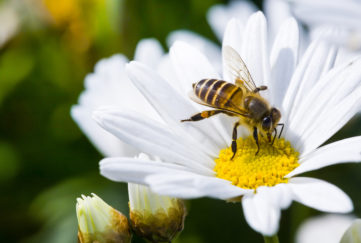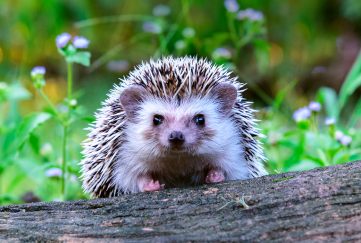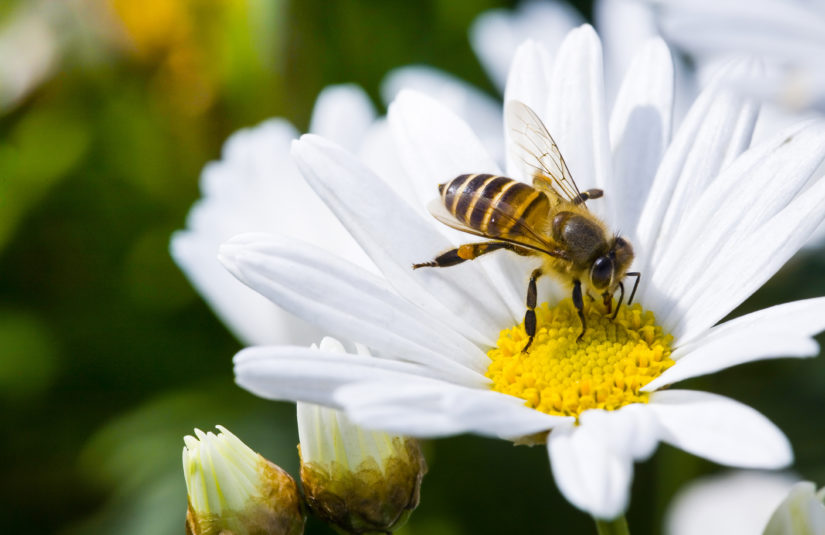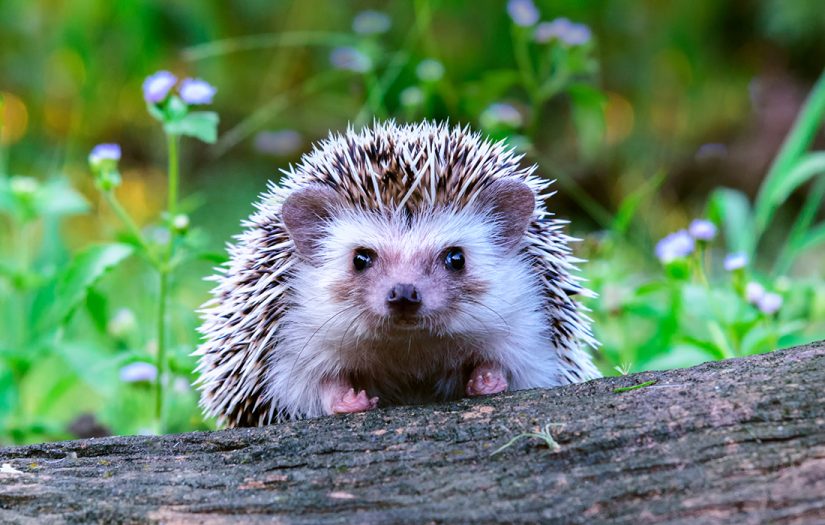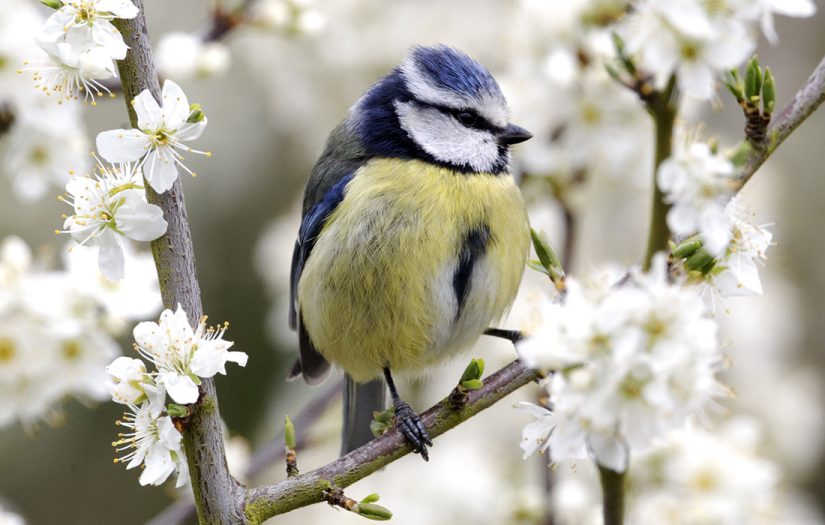Have You Spotted These Rare Rural Creatures?
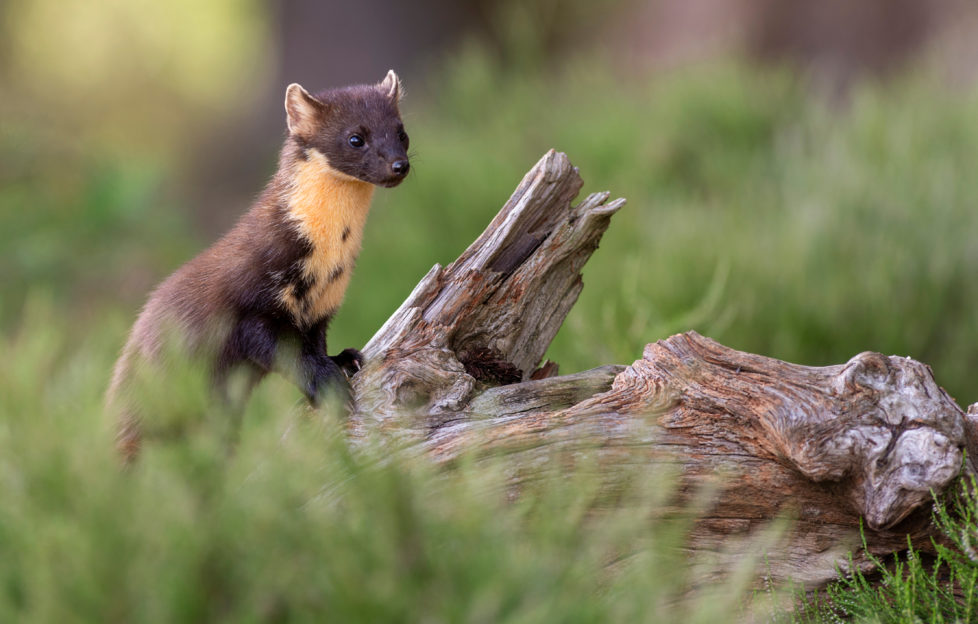
The UK is becoming more and more urbanised these days. And while that brings plenty of benefits, we shouldn’t forget that rural living definitely has its advantages, too.
Some people may choose to live rurally to get away from the hustle and bustle of the city lifestyle, while others like the idea of living off grid — or in a more eco-friendly way, by switching to LPG suppliers for their power supply, for example.
For some, a love of the countryside and the wildlife that comes with it is a huge attraction.
As the nation entered lockdown due to the Covid-19 pandemic, many of us took to our gardens. And that’s when internet searches for “how to attract wildlife to your gardens” started to surge.
What have you spotted?
The UK is home to over 70,000 species of animals and plants.
That’s quite a number! But which of these might you spot in rural areas?
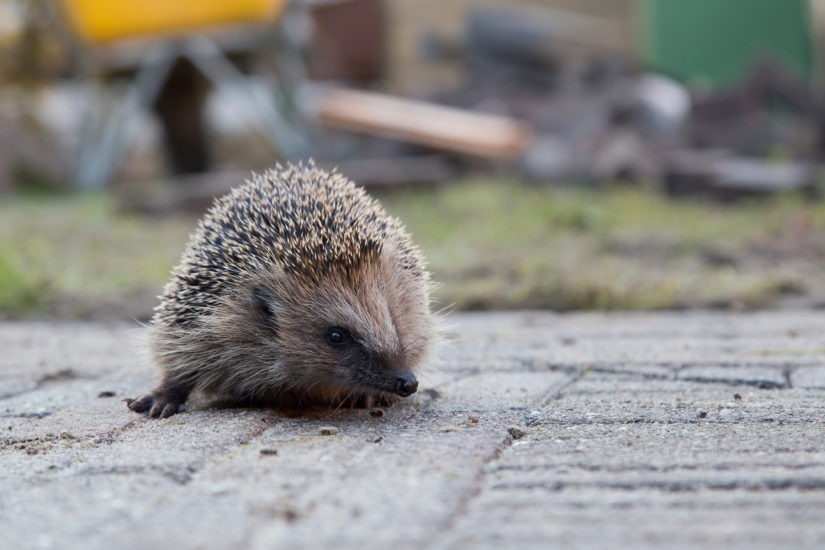
Shutterstock.
Hedgehogs
You may think that hedgehogs are common.
This could be because they can sometimes veer into many urbanised communities. However, their numbers have plummeted by half in the UK’s countryside since 2000. Records have shown that there may be less than one million left in the UK — a 97 per cent decrease since the 1950s.
That hasn’t stopped us keeping an eye out for this popular wildlife, though.
In the past 12 months, UK residents have taken a keen interested in the hedgehog, with 91 per cent more Google searches for the term “what to feed hedgehogs” since lockdown began in March.
During May and June, searches for this term rocketed to 10,000 per month, a massive boom since January of this year.
Typically, if you see hedgehogs in a town, they are scavenging for food. However, their preferred diet is beetles, grubs, slugs, and earthworms.
If you were looking to entice this mammal to your own space, you’d need to ensure there was plenty of sheltered places such as hedgerows so they can nest and hide from danger.
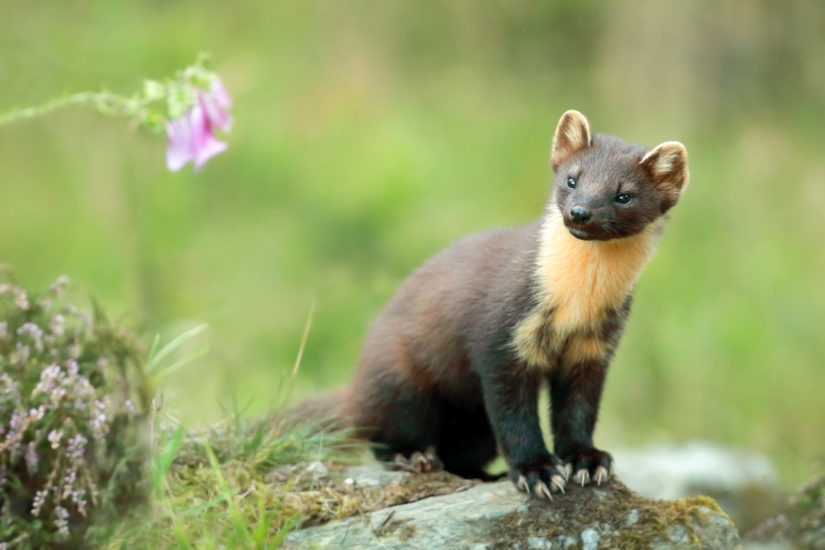
Shutterstock.
Pine marten
This protected species was once the second most common carnivore in the UK. With its chestnut brown coat, this animal, which is approximately the size of your average domestic cat, has significantly declined in numbers lately.
This saw it become protected by the Wildlife and Countryside Act 1981. Since then, numbers have started to rise again following nearly being completely wiped out in the early 20th century.
The creature remains in small pockets in Scotland, areas of Wales, and northern England and have a diet consisting of carrion, eggs, fruit, insects, and small mammals. They are likely to reside in coniferous woodland. Or in Cookery Ed Marion’s walls . . .
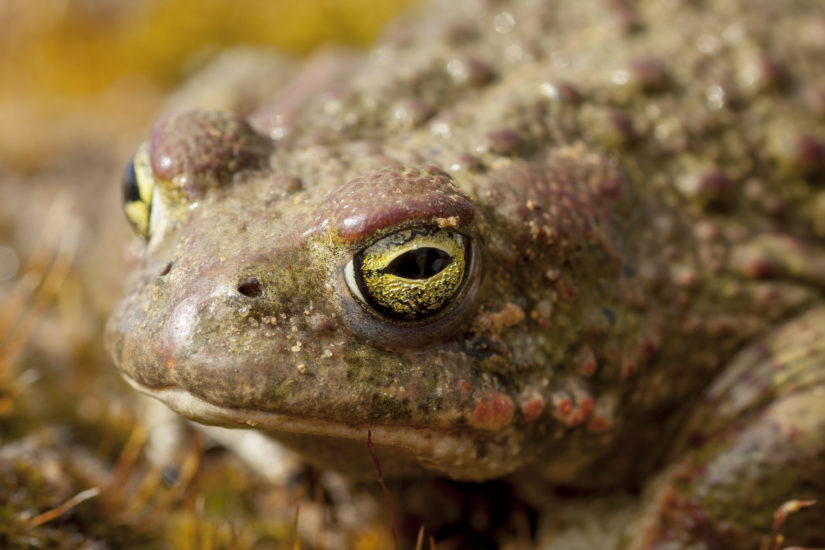
Shutterstock.
Natterjack toad
This rare breed of toad is only found in a small pocket of coastal locations in England and Scotland.
You are most likely to spot it in shallow pools, dunes, heaths, and marshes during the months of March to September.
This is another creature protected by the Wildlife and Country Act of 1981.
Mainly nocturnal, you’ll identify it from other breeds due to it being smaller in size than the common toad and its more olive-green colour. Some refer to it as the running toad as it has a tendency to run rather than hop or walk.
Although many may not have heard of this rare species of toad before, it is certainly growing in prominence.
During May and June of this year, Google searches for “natterjack toad” soared by 23 per cent when compared with previous months, almost hitting 6,000 searches per month.
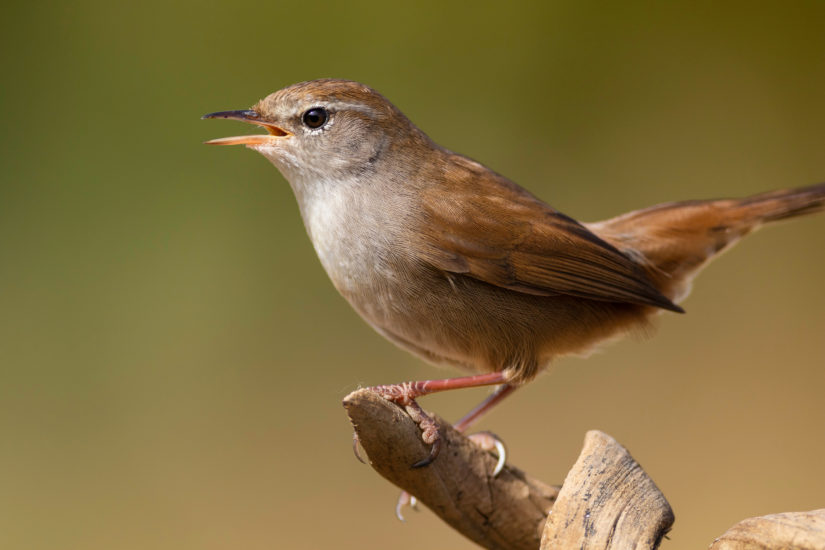
Shutterstock.
Nightingale
When you think of animals coming to your garden, you may automatically think of birds.
With bird feed readily available, many of us already welcome wild birds into our garden space. In March, at the very start of lockdown, the search term “what to feed birds” was up by 255 per cent, and the searches kept increasing until they peaked in May.
While the average suburban household may regularly welcome the likes of the robin or wood pigeon, rural areas can bring a wider range of bird life.
The nightingale is a spring migrant which is most likely found in the south east of the UK.
While habitat loss and climate change have meant numbers have dwindled, it’s still possible to see the nightingale in areas of Essex, Kent, Sussex, Suffolk, and Lincolnshire. They favour thick vegetation and coppiced woodland.
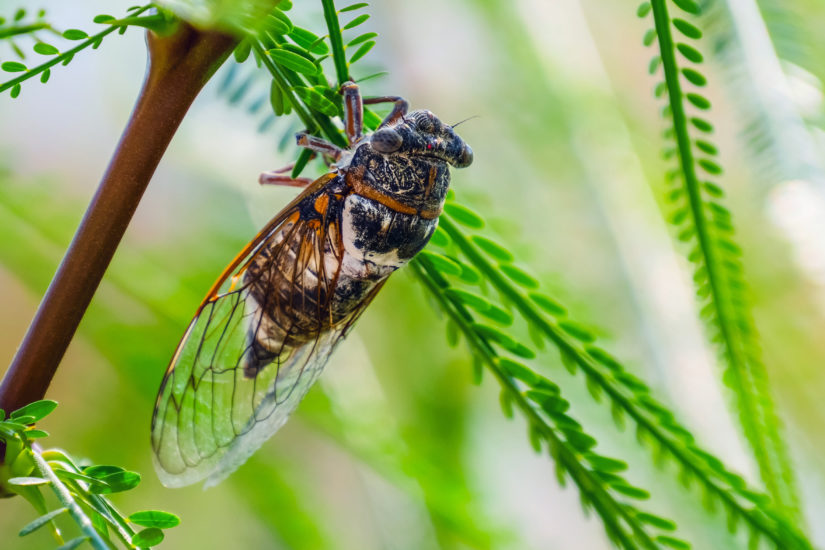
Shutterstock.
Cicada
Okay, so this may be a close-to-impossible challenge considering it hasn’t been spotted in the UK for over a decade! The cicada has been identified as one of the most endangered species in Britain.
This creature emits a high pitch noise which is imperceptible to most humans. So rare is this insect in Britain that some fear it has already become extinct on our shores.
This “lull” in sightings also happened between the 1940s and 1960s before it was spotted again. It is however, still commonly found throughout Europe.
In May this year, Google searches for the term “cicada” increased by 123 per cent, so there must be some keen insect-enthusiasts out there that are routing for the Cicada’s speedy return!
With so many rare but beautiful species in our rural areas, make sure you keep your eyes peeled and see what you can spot!
For more wonderful wildlife features from “The People’s Friend”, click here.


